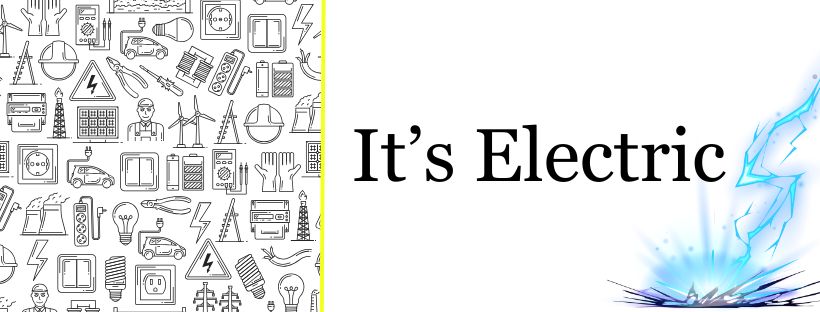When it comes to selling your home, first impressions matter. While a fresh coat of paint and a neatly trimmed lawn can woo potential buyers, hidden issues lurking behind the walls—like electrical problems—can quickly zap their enthusiasm.
Electrical issues are among the most common red flags during a home inspection. They can range from minor inconveniences, like ungrounded outlets, to more serious concerns, like outdated wiring or overloaded circuits. Addressing these proactively not only helps you pass the inspection but can also increase your home’s value and buyer confidence. Let’s shed some light on the most common electrical issues and what you can do about them.
Common Electrical Issues Found During Inspections
Double-Tapped Circuit Breakers
Double-tapping occurs when two wires are connected to a single circuit breaker, even though most breakers are designed for just one wire. This can cause loose connections, arcing, and even fires. Fixing this typically involves rewiring or installing a breaker designed for multiple connections.
Reversed Polarity
Reversed polarity happens when the neutral wire is connected where the hot wire should be and vice versa. This miswiring can cause electrical malfunctions and pose a shock hazard. A licensed electrician can quickly identify and resolve this issue.
Ungrounded Receptacles
Two-prong outlets without a ground wire are common in older homes but are no longer considered safe. Ungrounded outlets can increase the risk of shock and fire. Upgrading to grounded, three-prong outlets is a straightforward fix that buyers will appreciate.
Exposed Wiring and Splices
Visible, unprotected wires or splices (connections where wires meet) are fire hazards waiting to happen. All wiring should be housed in junction boxes with proper covers to ensure safety.
Outdated Electrical Panels
Electrical panels are the heart of your home’s electrical system. Older panels, like Federal Pacific or Zinsco models, are linked to safety issues like circuit breakers failing to trip properly, increasing the risk of fire. Replacing outdated panels not only improves safety but also reassures buyers and insurance companies. Also be sure to make sure there are no gaps or openings in your electric panel, filler plates are available at most hardware stores.
Malfunctioning GFCI Outlets
Ground fault circuit interrupters (GFCIs) are required in areas where moisture is present, like kitchens, bathrooms, and laundry rooms. These outlets protect against electric shocks. If a GFCI outlet isn’t functioning properly, it could signal larger electrical problems.
Aluminum Wiring
Common in homes built between 1965 and 1973, aluminum wiring can deteriorate faster than copper and is prone to overheating, increasing fire risks. While rewiring with copper is the gold standard, specialized connectors or coatings can be used as a safer, less expensive alternative.
Extension Cords to Garage Door Opener
Garage door openers should be plugged directly into an outlet. Use of extension cords increases fire risks. Adding outlets where needed is a straightforward way to comply with code and make your home more appealing.
Switches Confusion
Inspectors will test all your homes switches. If possible, label ones that aren’t clear or do not operate anything.
Why Address These Issues Before Listing?
Electrical issues can be intimidating to buyers and may lead to lengthy negotiations or reduced offers. By addressing them ahead of time, you:
- Boost Buyer Confidence: A home with a modern, safe electrical system is more attractive.
- Avoid Inspection Surprises: Tackling issues proactively keeps the process smooth.
- Potentially Increase Value: Buyers may be willing to pay more for a move-in-ready home with no major repair needs.
How to Prepare Your Home’s Electrical System
- Hire a Licensed Electrician
A pre-listing inspection by an electrician can uncover hidden issues like overloaded circuits or outdated wiring. - Upgrade Outdated Components
Replace old panels, aluminum wiring, or ungrounded outlets to align with modern standards. - Repair and Replace
Address exposed wiring, install GFCI outlets, and other common issues. - Invest in Larger Upgrades
If your home has extensive wiring issues, such as aluminum wiring, consider rewiring. While costly, it significantly increases safety and marketability.
By tackling these electrical concerns before listing, you’re setting yourself up for a smoother sale and ensuring buyers feel confident about your home. Safety, after all, is a glowing feature every buyer appreciates!


 Facebook
Facebook
 X
X
 Pinterest
Pinterest
 Copy Link
Copy Link


